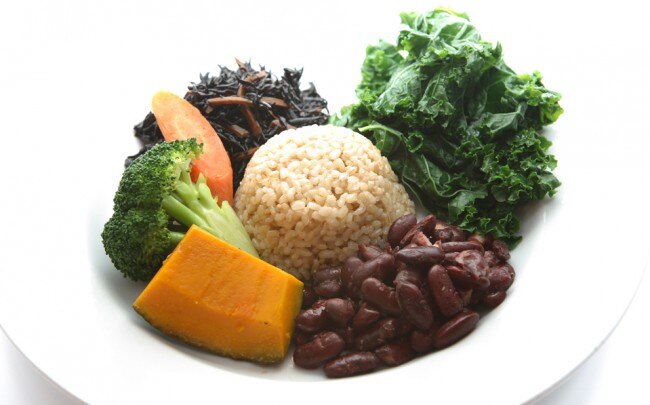I was first introduced to macrobiotics when I was in residency. At the time, I was overweight, miserable, addicted to soda, coffee, energy drinks, salt, artificial sweeteners and “diet food” in general. I was heavy and felt miserable. A health-conscious colleague brought me to a well-known macrobiotic restaurant in New York City and, frankly, I thought it was the blandest, most boring, most overpriced meal I had ever had. I didn’t understand how the restaurant could afford to stay open.
Then I went through my metamorphosis. After residency, I studied nutrition and gave up all my vices and began eating real food. In my studies I learned that all the artificial sweeteners, caffeine and additives in my food were messing with my ability to sense all five tastes: sweet, sour, salty, bitter and umami.
Once I gave up processed foods, my brain and palate changed over time and my sensitivity to the taste of foods returned.
In my nutrition studies I came across macrobiotics again. The basic idea of a macrobiotic diet is very simple. Foods have yin (expansion) or yang (contractive) characteristics. By eating a balance of yin and yang foods that are more local and in season, one can maintain good physical and spiritual health and live in harmony with one’s family, community and nature.
I decided to revisit that same macrobiotic restaurant and try a macrobiotic plate. As a clean eater, the second time was a completely different experience. Everything had wonderful flavor and texture. The different foods complemented each other, and I felt satisfied and light after my meal. I ate lunch there once or twice a week from that day on.
I no longer live in New York City, and, sadly, there are no macrobiotic restaurants near me, so I had to learn how to make a macrobiotic platter at home for when I feel out of balance and need some grounding.
A typical macrobiotic plate will consist of grains, beans, seaweed, a sweet vegetable, green vegetables and vegetable protein, such as tofu, seitan (not gluten free) or tempeh. Some people will include fish or seafood as a protein.
My favorite macrobiotic plate is brown rice, kidney beans, kabocha squash, kale, hijiki and tofu topped with miso-tahini dill dressing…yum!
Directions
Pick one item from each category and assemble together on a pretty plate, then top with miso-tahini-dill dressing. All the grains and veggies are simply prepared by steaming or roasting in water. To make the seaweed, just follow instructions on the package.
[table id=1 /]
Miso Tahini-Dill Dressing
Ingredients
1/4 cup tahini
1 tsp. white miso
1 tsp. tamari
Juice of 1/2 lemon
¼ tsp. dried dill
2-3 Tbsp. water
Whisk all ingredients together in a bowl. Drizzle over macrobiotic plate. Keep remaining dressing in refrigerator for 5 days.


